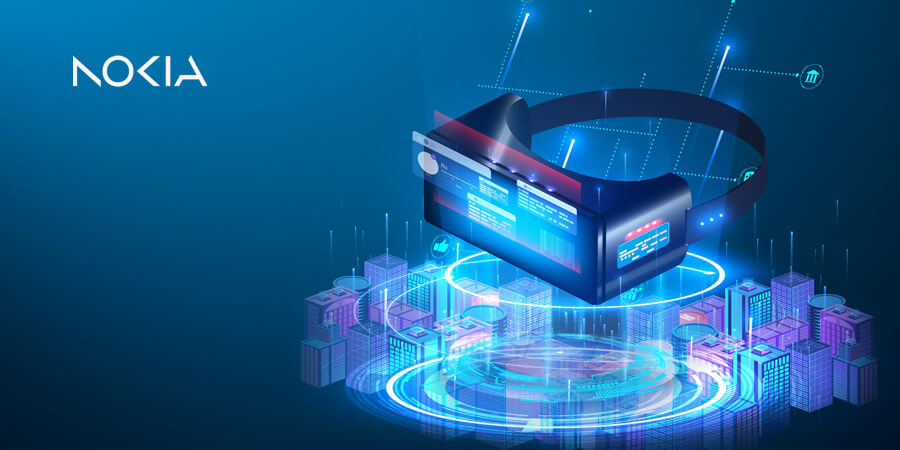Nokia announced a collaboration with Hololight to explore how L4S, a Nokia-invented internet protocol, can enable applications and networks to simultaneously achieve high throughput and low latency in a scalable way. This greatly boosts the performance of real-time applications, particularly cloud-rendered extended reality (XR) services, which depend on very low levels of latency to generate fully immersive experiences.
Hololight, a leading innovator of enterprise XR solutions, and Nokia developed a proof-of-concept that utilizes L4S to support high-quality multi-user XR experiences under real-world traffic conditions. Nokia and Hololight are showcasing the proof of concept in a demonstration at the Brooklyn 6G Summit.
The proof-of-concept will, for first time, test the performance of L4S with a scalable number of XR users simultaneously connected to the same infrastructure. As L4S is an ecosystem play requiring support from both the application and the network, the collaboration between Nokia and Hololight is a critical step towards ensuring L4S implementations are properly optimized for key use cases like XR.
L4S, which stands for low-latency, low-loss, scalable throughput, was originally pioneered by Nokia Bell Labs to support the large-scale rollout of real-time applications. L4S will be crucial in 5G-Advanced, and Nokia is driving L4S standardization efforts in 3GPP Release 18.
L4S is also a key component of UNEXT, a new Nokia Bell Labs research initiative that will transform the network into a self-managing, interactive operating system that will break down barriers that have traditionally prevented network elements from interoperating.
Philipp Landgraf, Senior Director XR Streaming, Hololight, said: "Partnering with Nokia puts us at the forefront of 6G innovation. Together, we are excited to pioneer a solution that enables smooth and stable streaming of XR applications with a high number of active users, even in the most challenging environments, ensuring an unparalleled user experience. The move to XR-based collaboration and digital prototyping is a monumental step towards reducing CO2 emissions by minimizing travel and waste, resulting in efficient production, minimized errors and a lighter environmental footprint.”
Koen De Schepper, Network Automation Research Principal, Nokia Bell Labs, said: “It’s important to grow the ecosystem and show what the L4S protocol can bring to communications, in particular, to 5G-Advanced systems and beyond. With its advanced XR applications, Hololight will help us explore the user experience for future applications and what these applications and future networks will need to support.”










